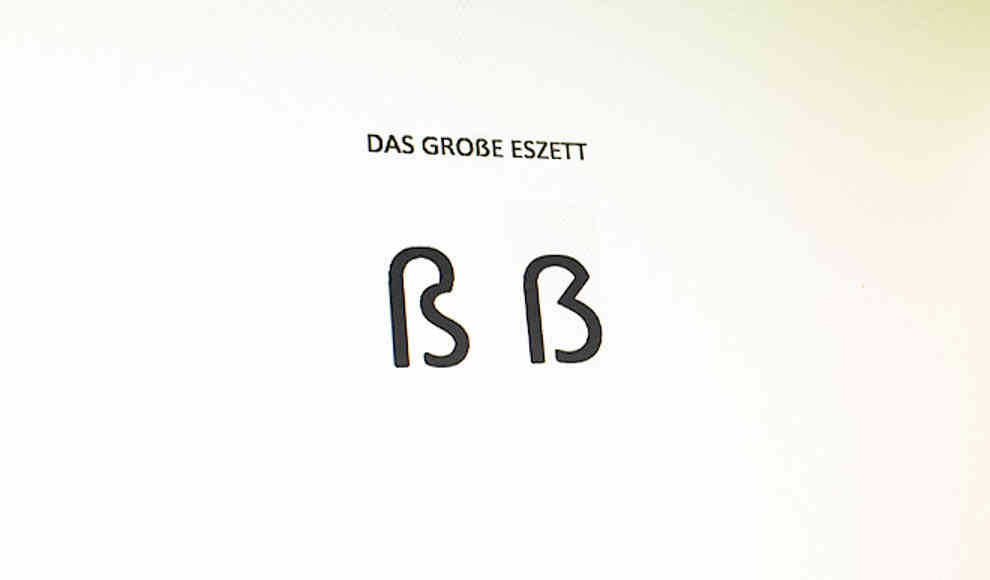Germany’s language has received a new letter, the capital Eszett, which will be particularly useful for passports and identification documents. The Eszett has been in use for hundreds of years, but only in Germany and the Biederdeutsch dialect. It is no longer used in Switzerland, Liechtenstein, or other German-speaking regions. Until now, the Eszett was the only letter in the alphabet that existed only as a lowercase letter, not as a capital letter. The capital Eszett looks like a combination of the lowercase Eszett and the letter B.
The introduction of the capital Eszett will benefit the correct spelling of proper names in passports and identification documents, according to the Council for German Orthography in Mannheim. For example, people with the surname Ußner had problems with capitalization in some identification documents, as the Eszett was replaced with a double S. This made it unclear whether the person’s name was Ußner or Ussner. However, this problem will no longer exist in the future. It will take some time for keyboards on computers and smartphones to receive an update to include the capital Eszett, as well as for most standard fonts like Arial, Helvetica, Times New Roman, Georgia, and Courier New.
In normal writing, the new capital Eszett will not be used much, as there are no German words that begin with the letter. The capital Eszett will be a useful addition to the German language, especially for identification documents, and will help to avoid confusion in the spelling of proper names.






